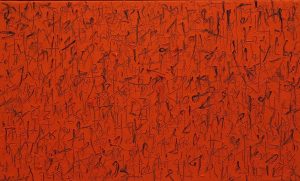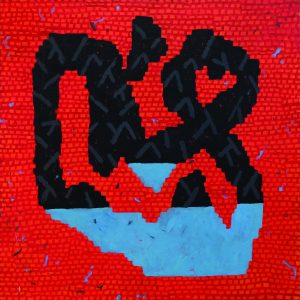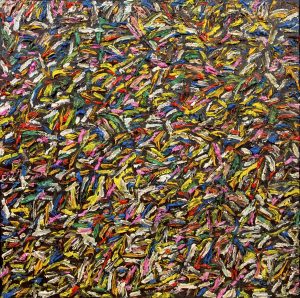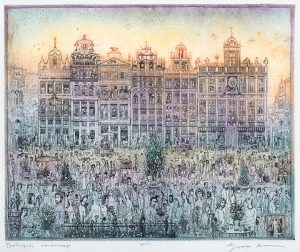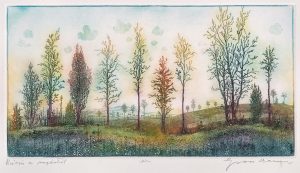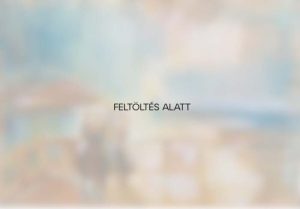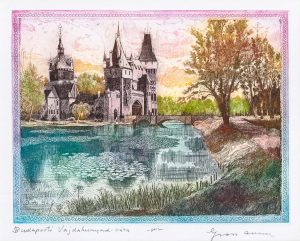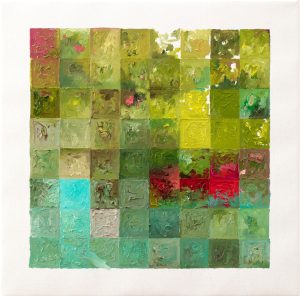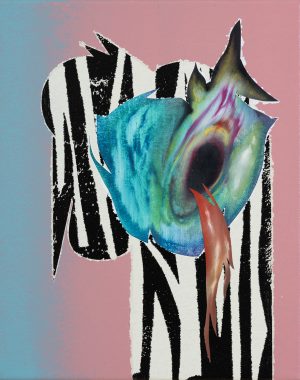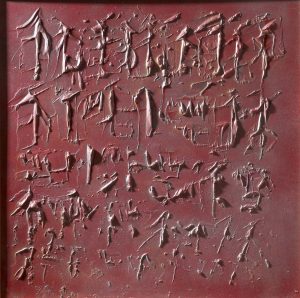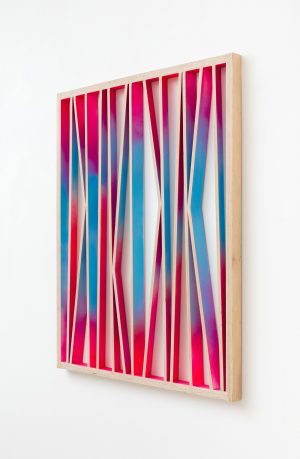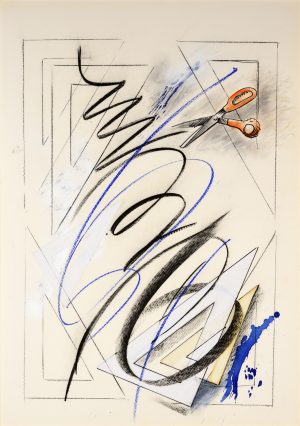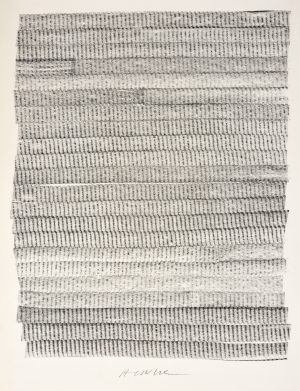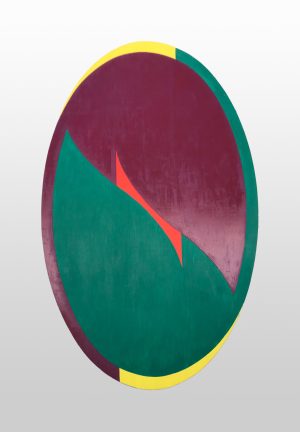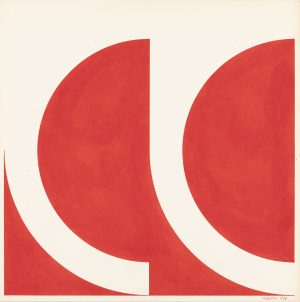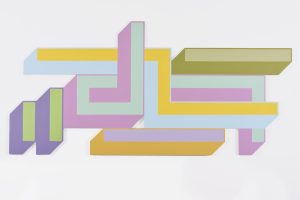
Ferenc VESZELY
In wine...
- Year(s)
- 2017
- Technique
- acrylic and pencil on canvas
- Size
- 60,5x81 cm
Artist's introduction
Ferenc Veszely graduated as a graphic artist, painter and teacher at the Hungarian College of Fine Arts in 1968. Because of the recommendation of Master Jenő Barcsay, the Ferenczy Museum in Szentendre invited him to arrange an introductory exhibition that autumn. He is a winner of the Munkácsy Prize. His non-figurative paintings were related to contemporary art's dynamic trends (Action Painting, Pop art, Hard-edge painting). His mixed-media artworks (which included collaged, scribbled, paper-based elements) associated the painter with the birth of new art at the time. He soon became captivated by Pop art, its reproduction techniques, its method of engulfing and appropriating everything. Veszely reacted to this with particular political-historical sensitivity and commitment and updated and actualised the outstanding works of art history. In his practice, the aesthetic approach receded into the background. He returned to painting as an autonomous creative activity in the 1990s, and grapes started populating his paintings in a completely airtight manner. He rehabilitated the classic genre of still-life painting with an evocative yet straightforward element, the spherical grape, the harmony of colours and light, the possibilities inherent to the material of paint and the powerful, sometimes even brutal hunger for reality typical of pop art. He also transformed form: into a celestial body in the case of the 12 Months series, or a pearl, a bubble, by reworking old images or just capturing the bright colours of grapes – slightly translucent in the sunshine – with watercolour. All this happened according to the attributes of one given form or as an expansion of that motif. Katalin Keserü
More artworks in the artist's collection »


